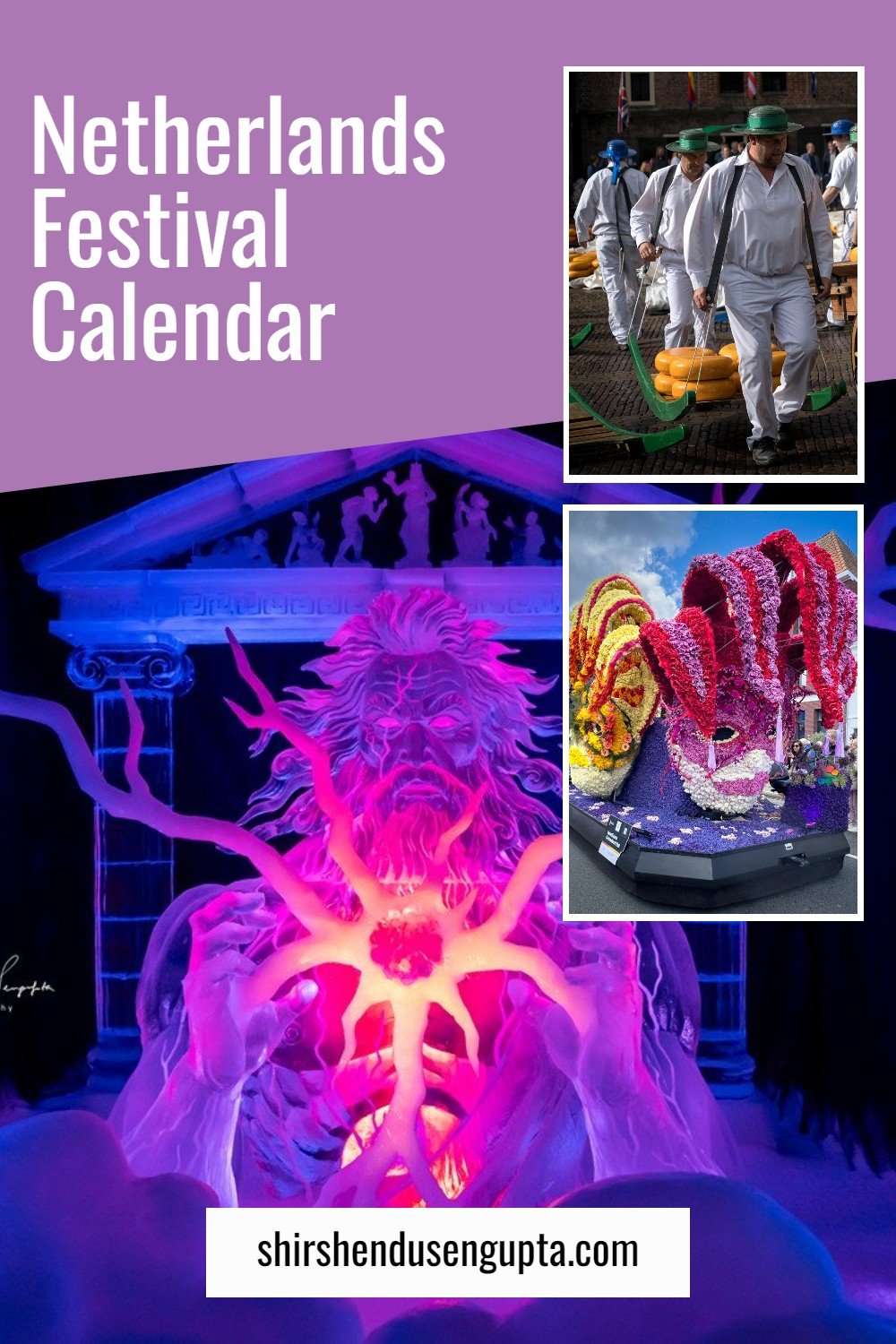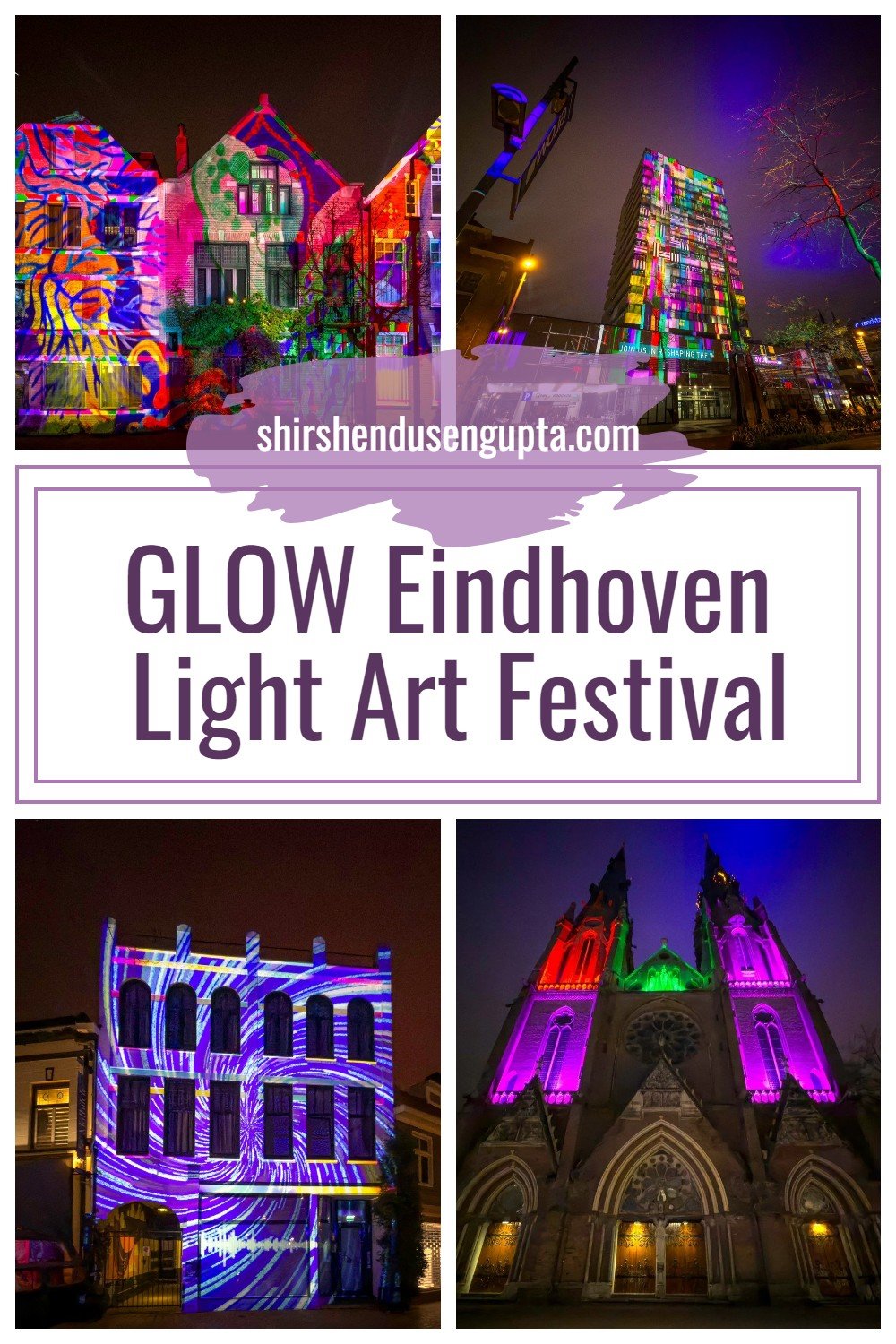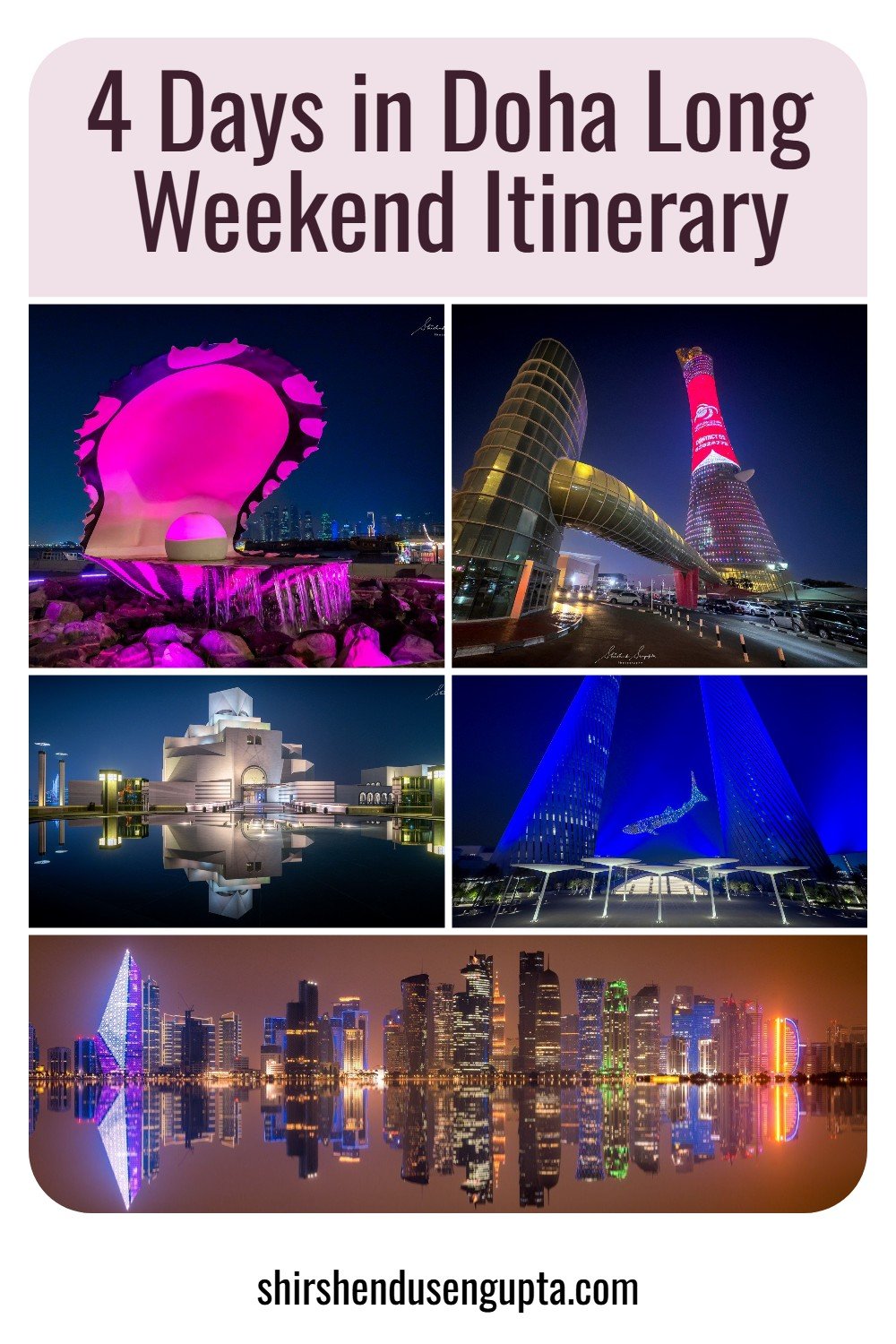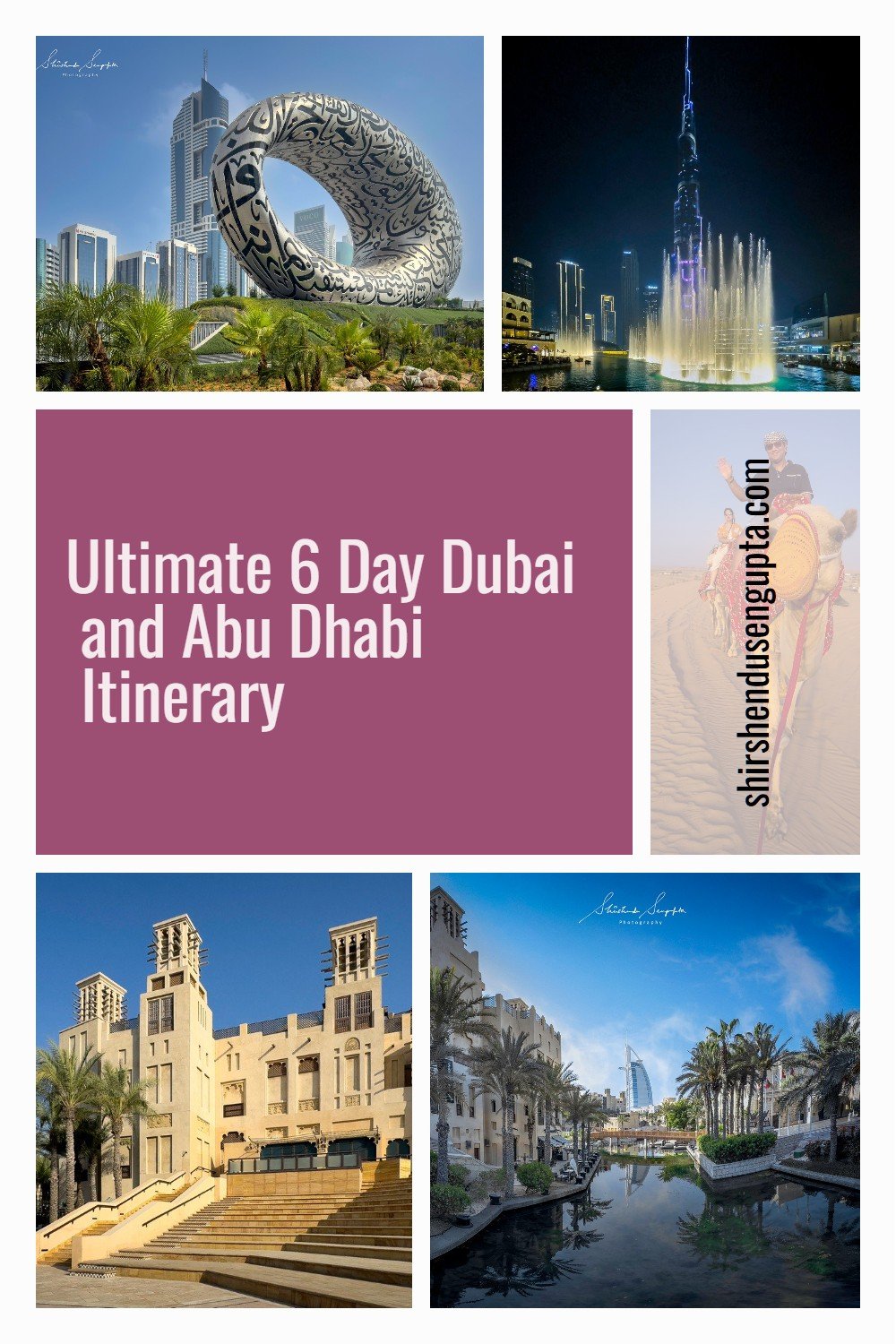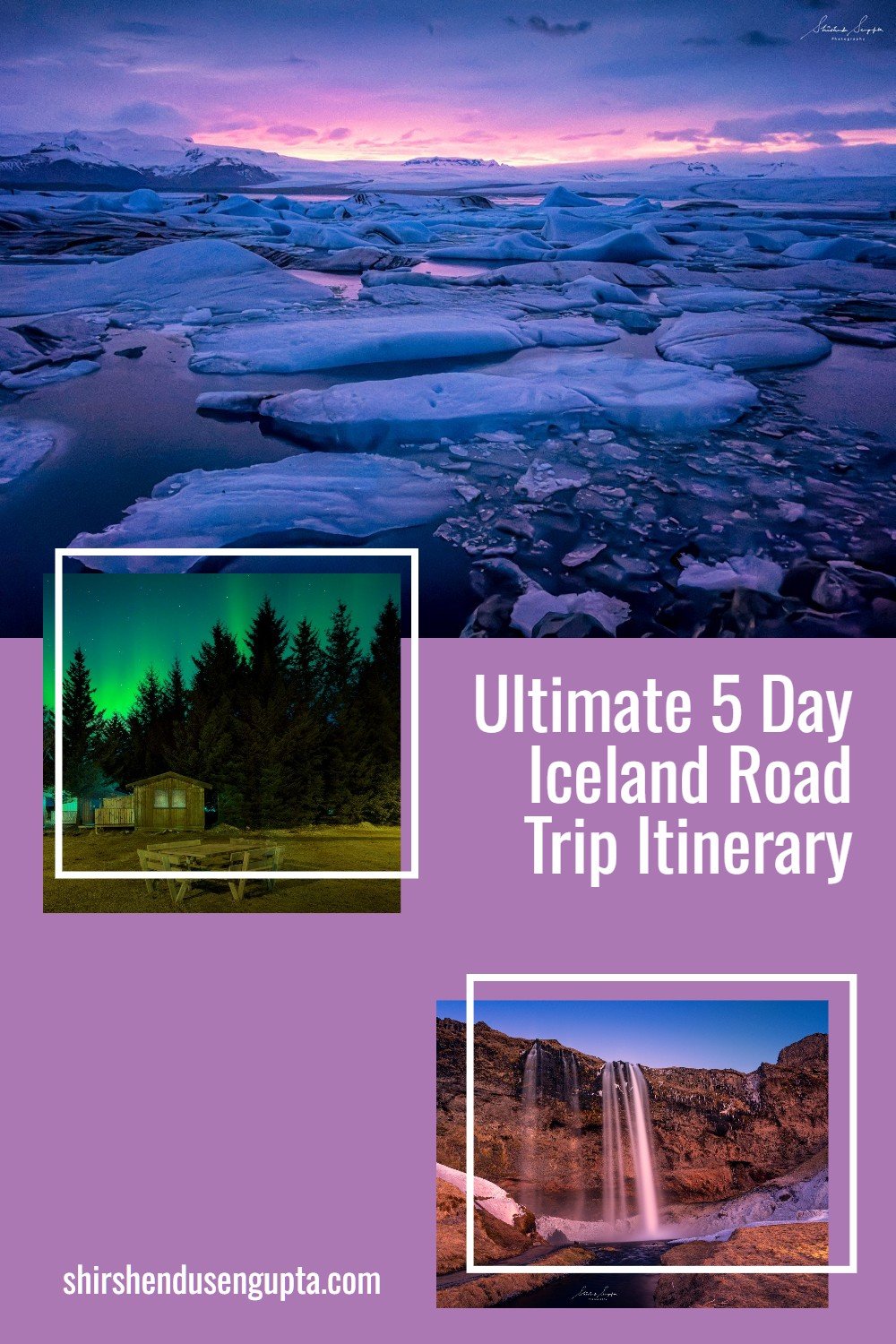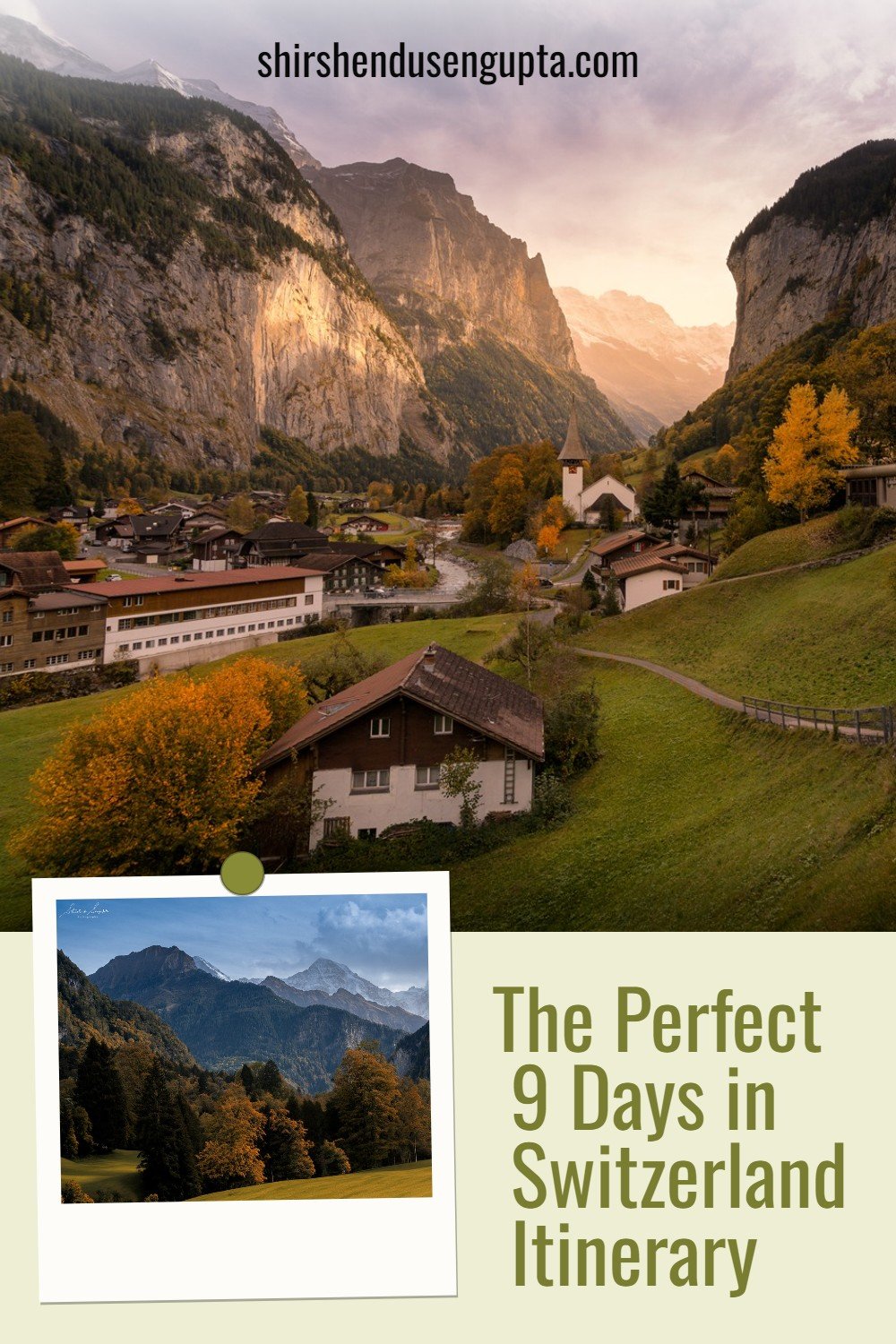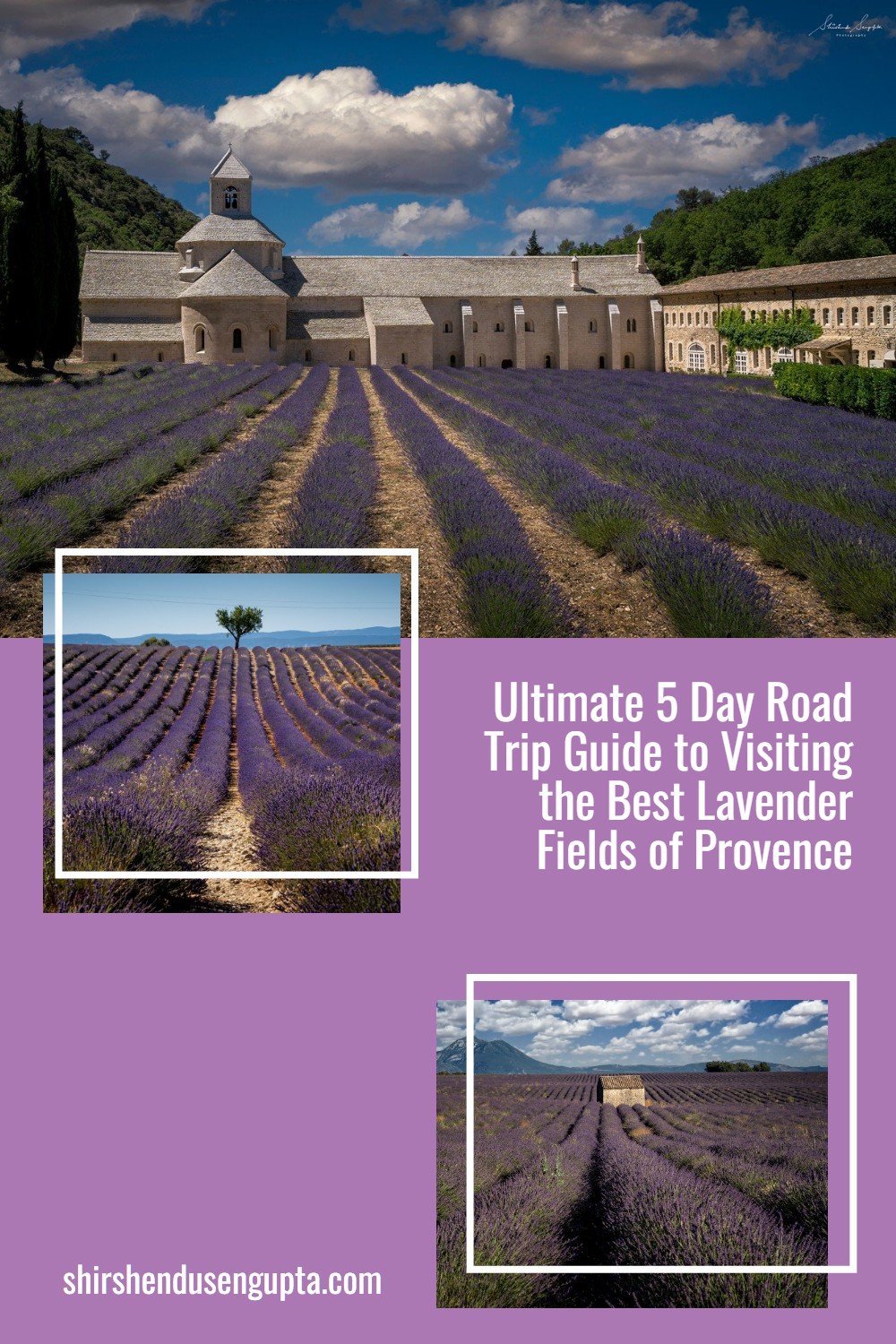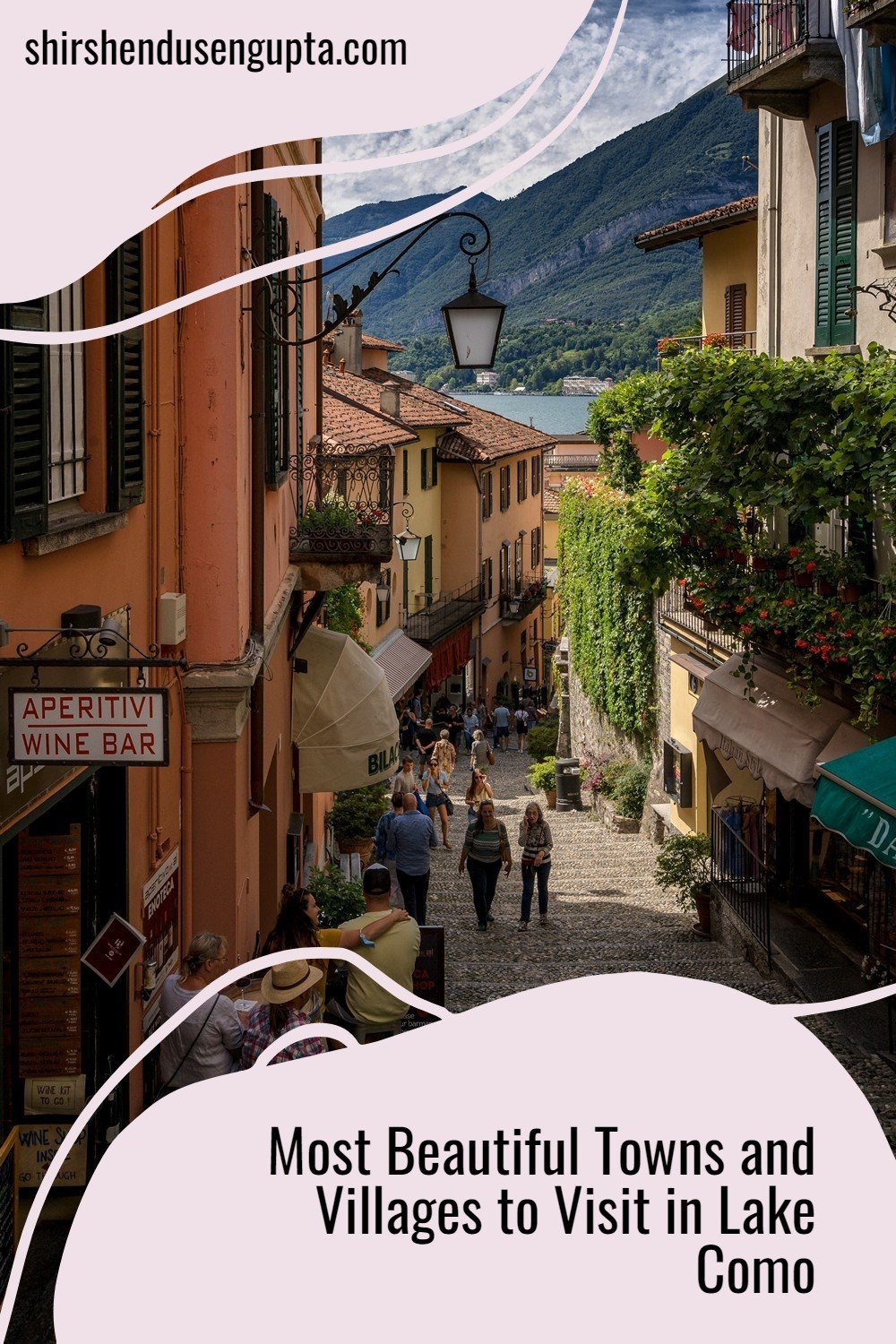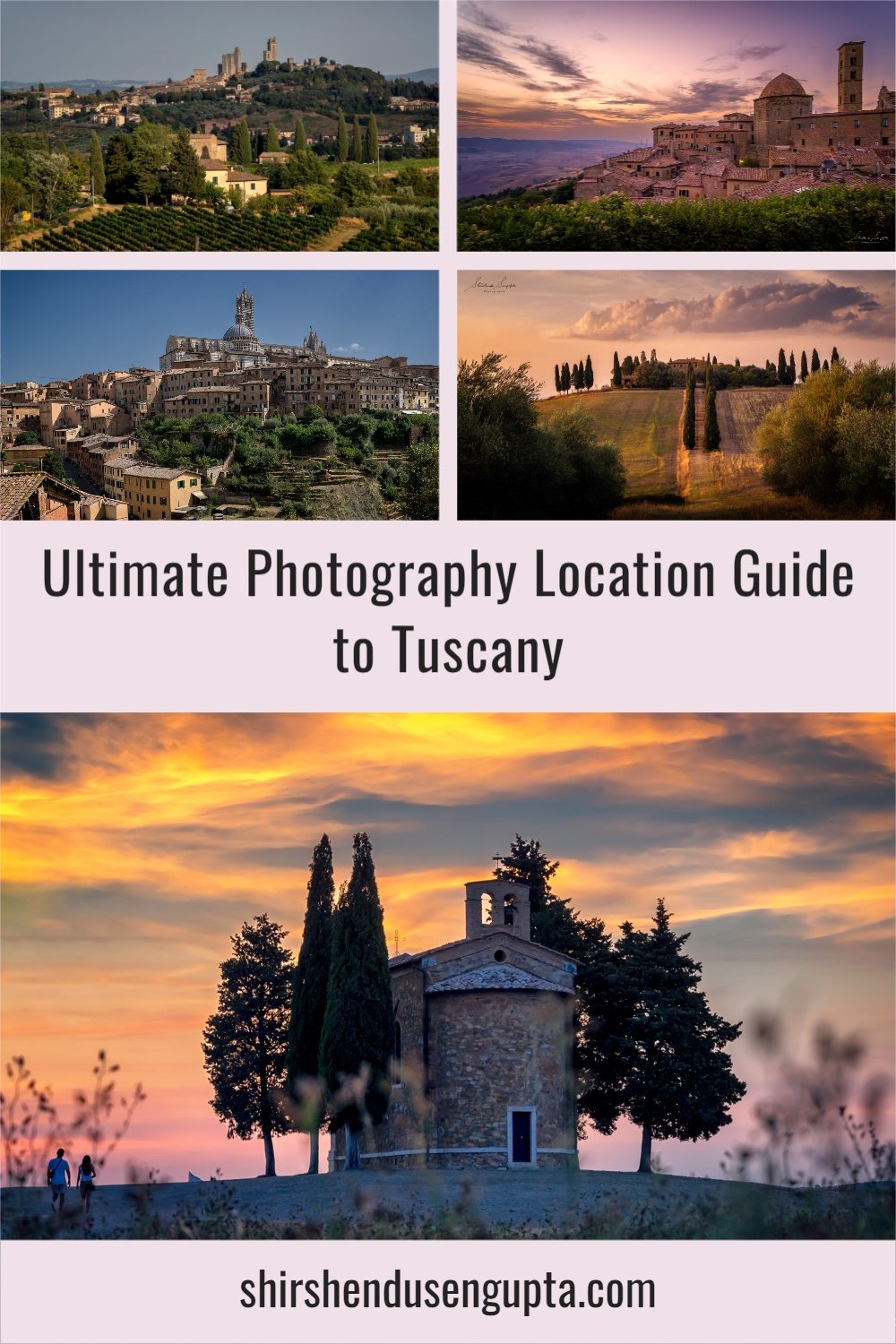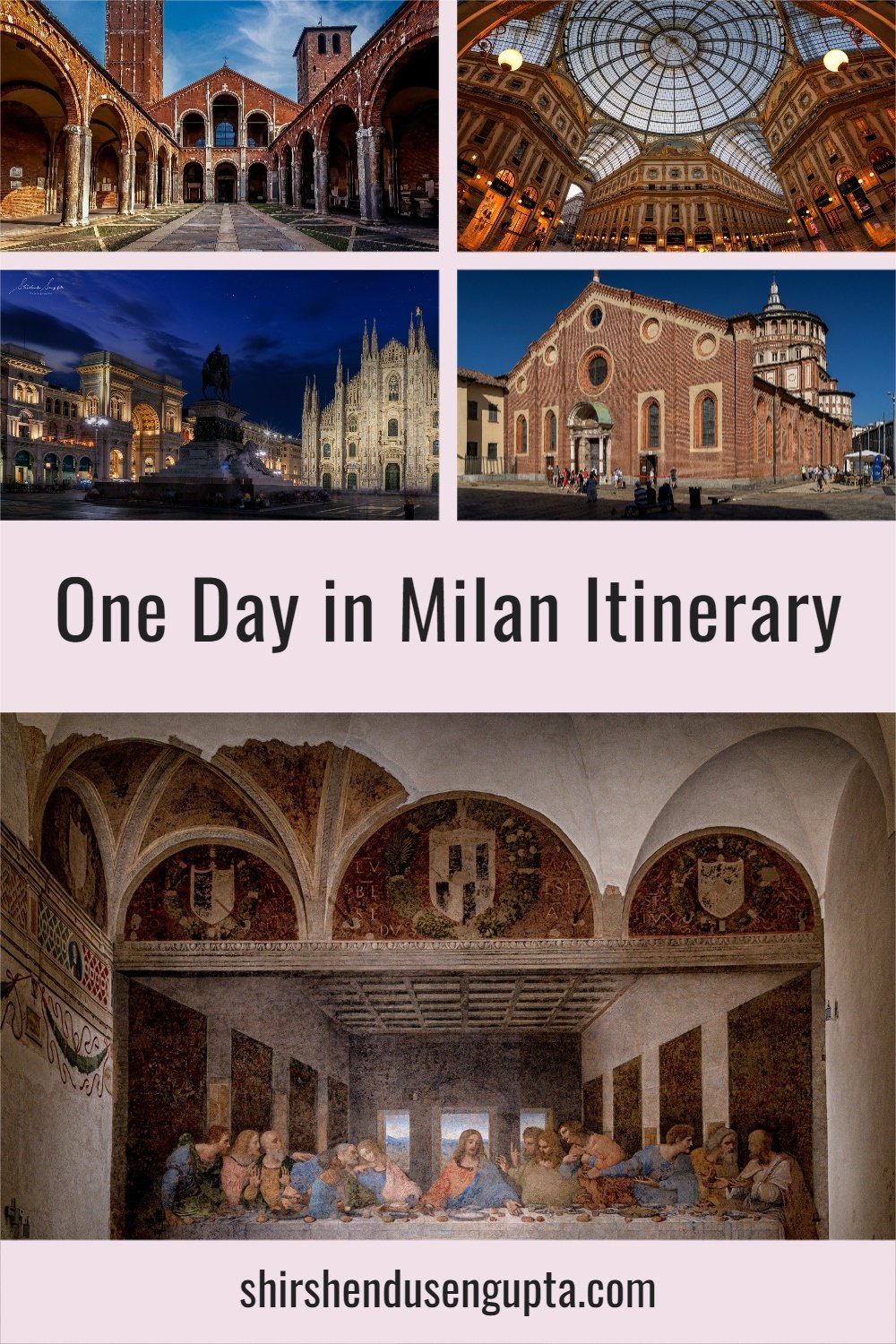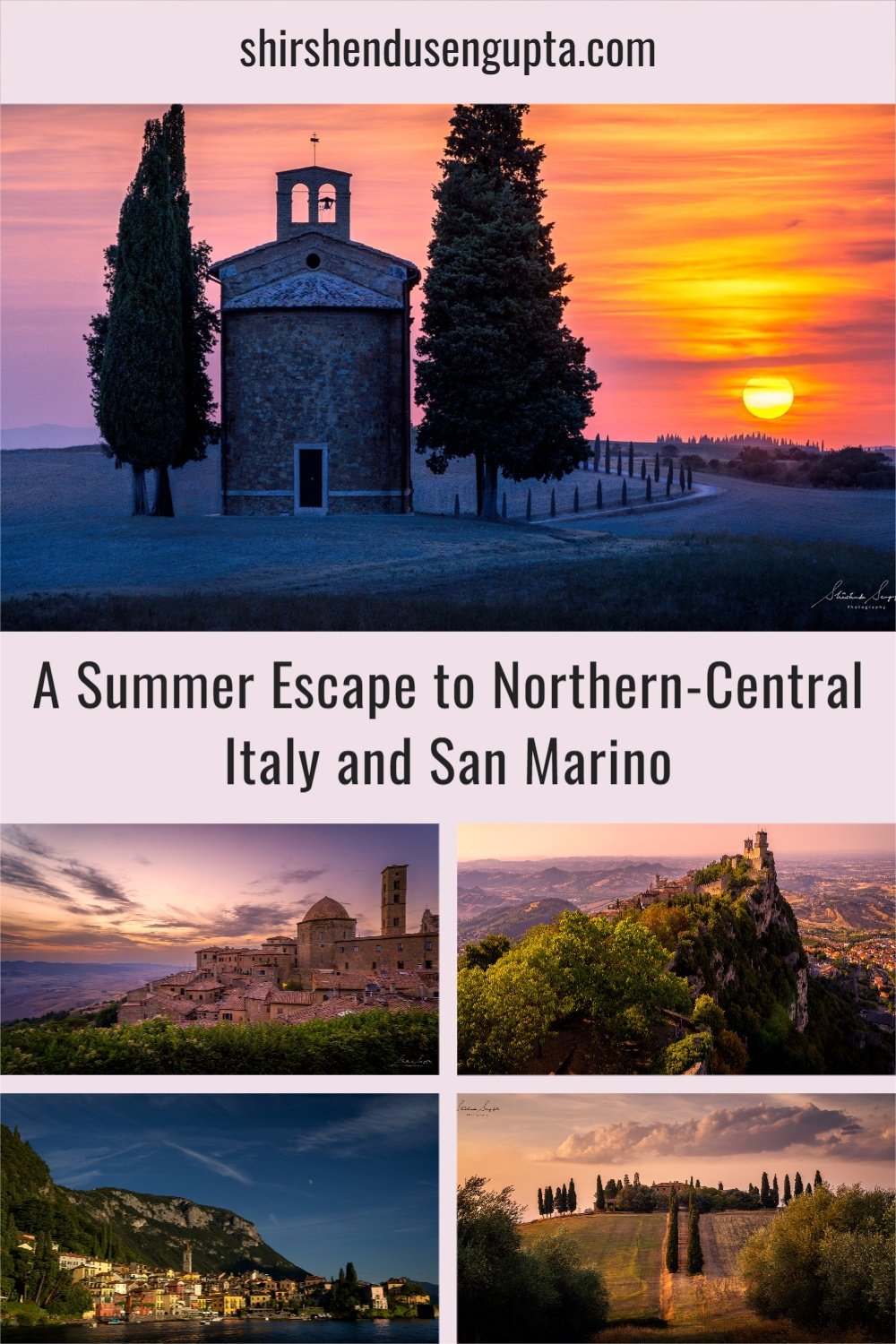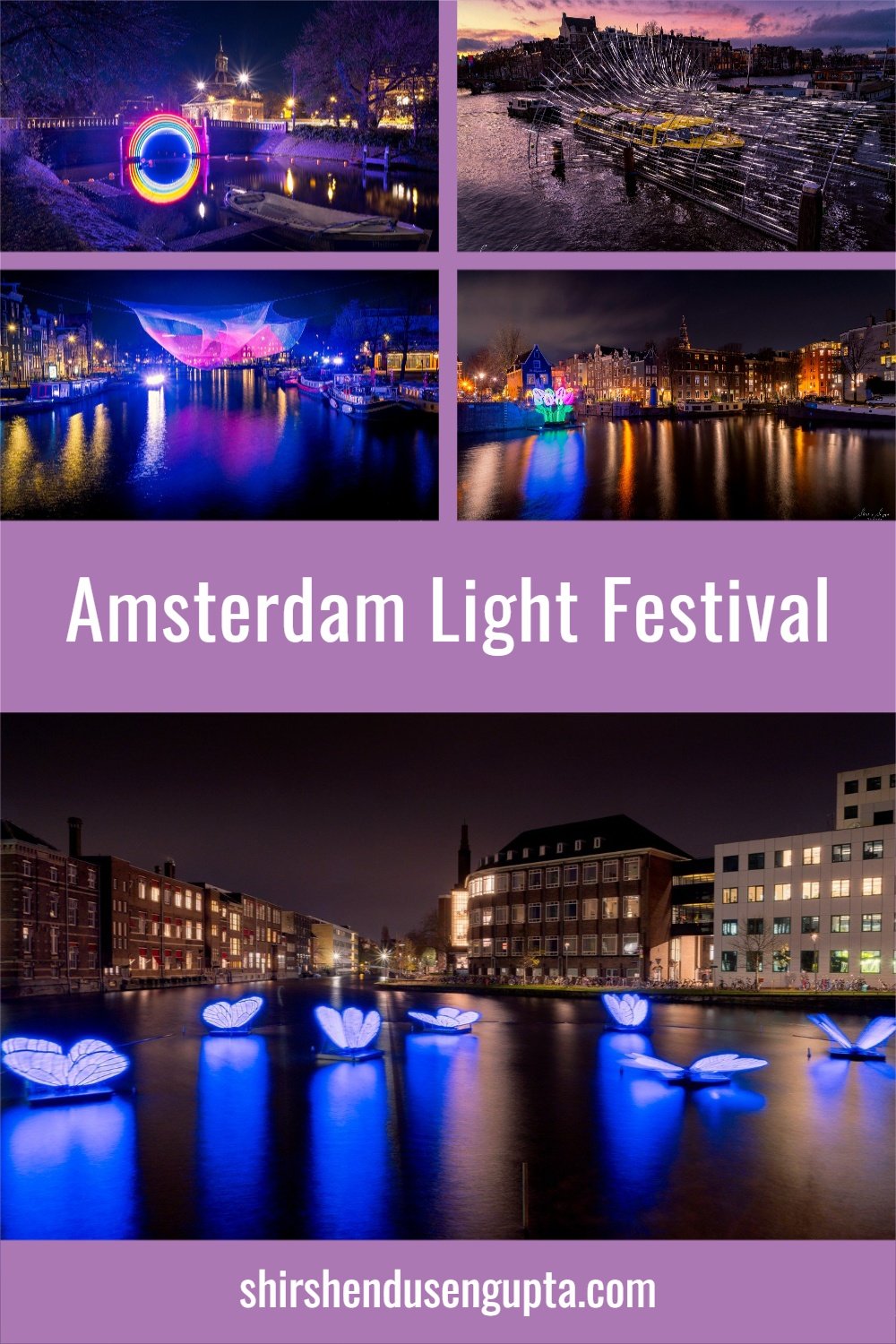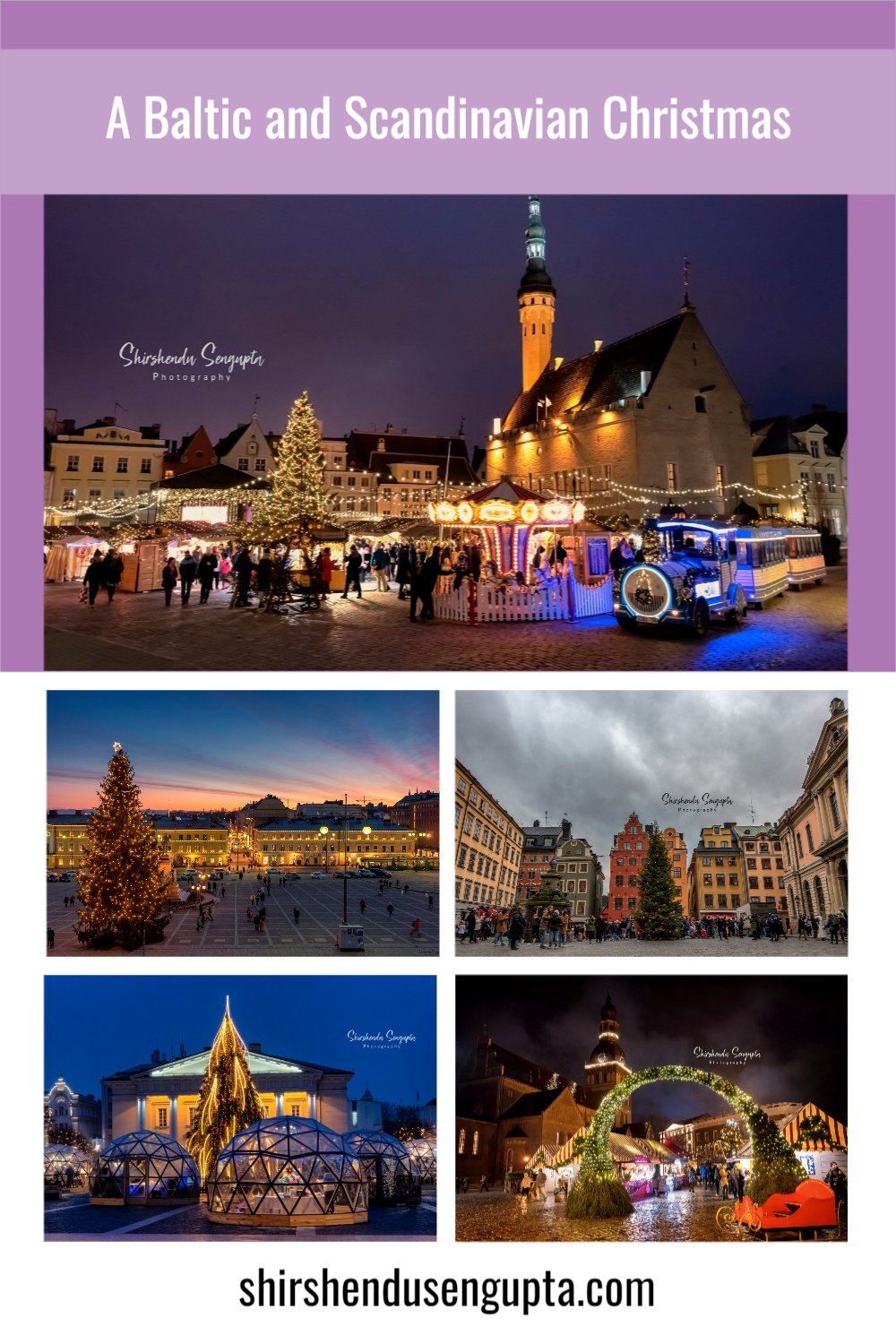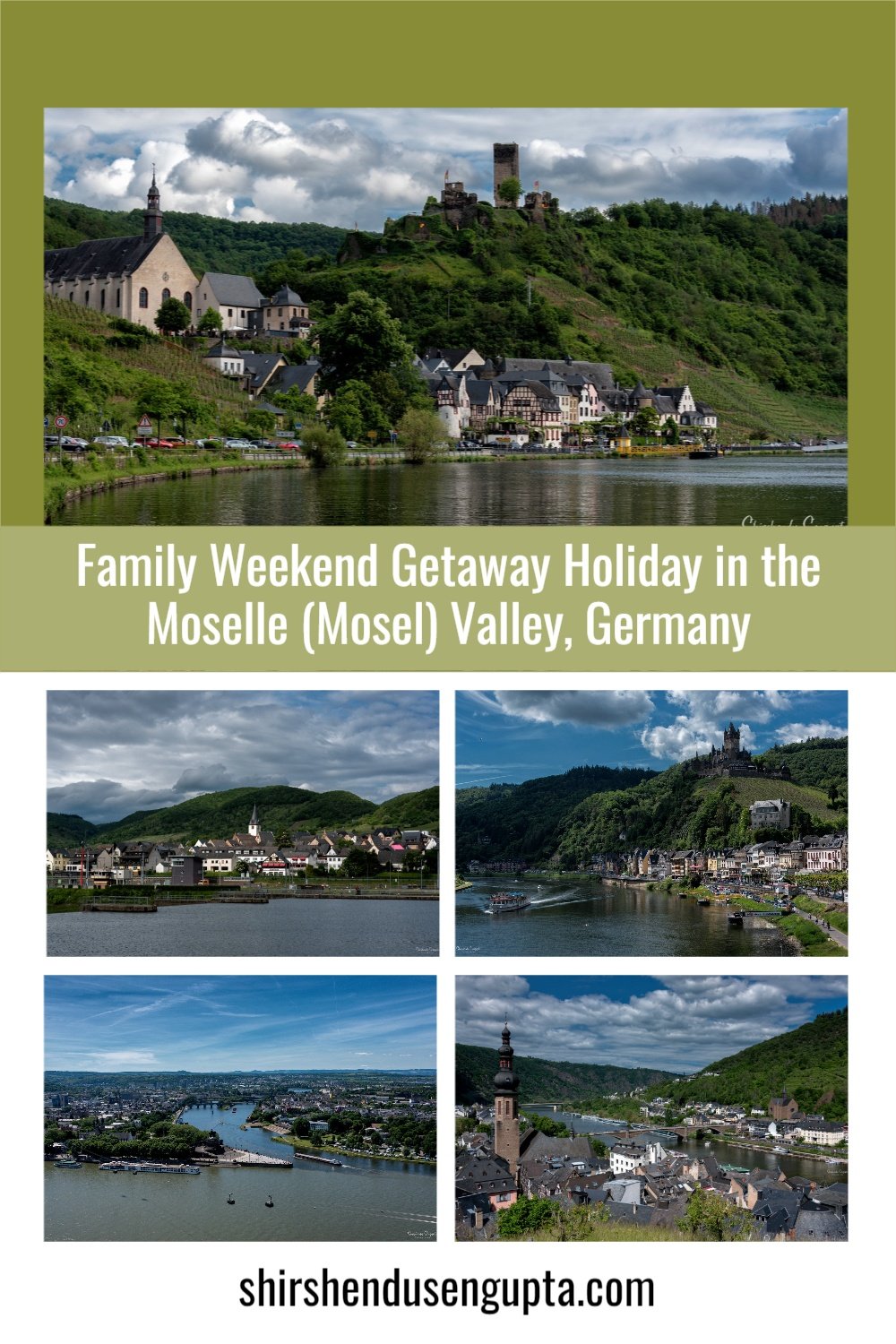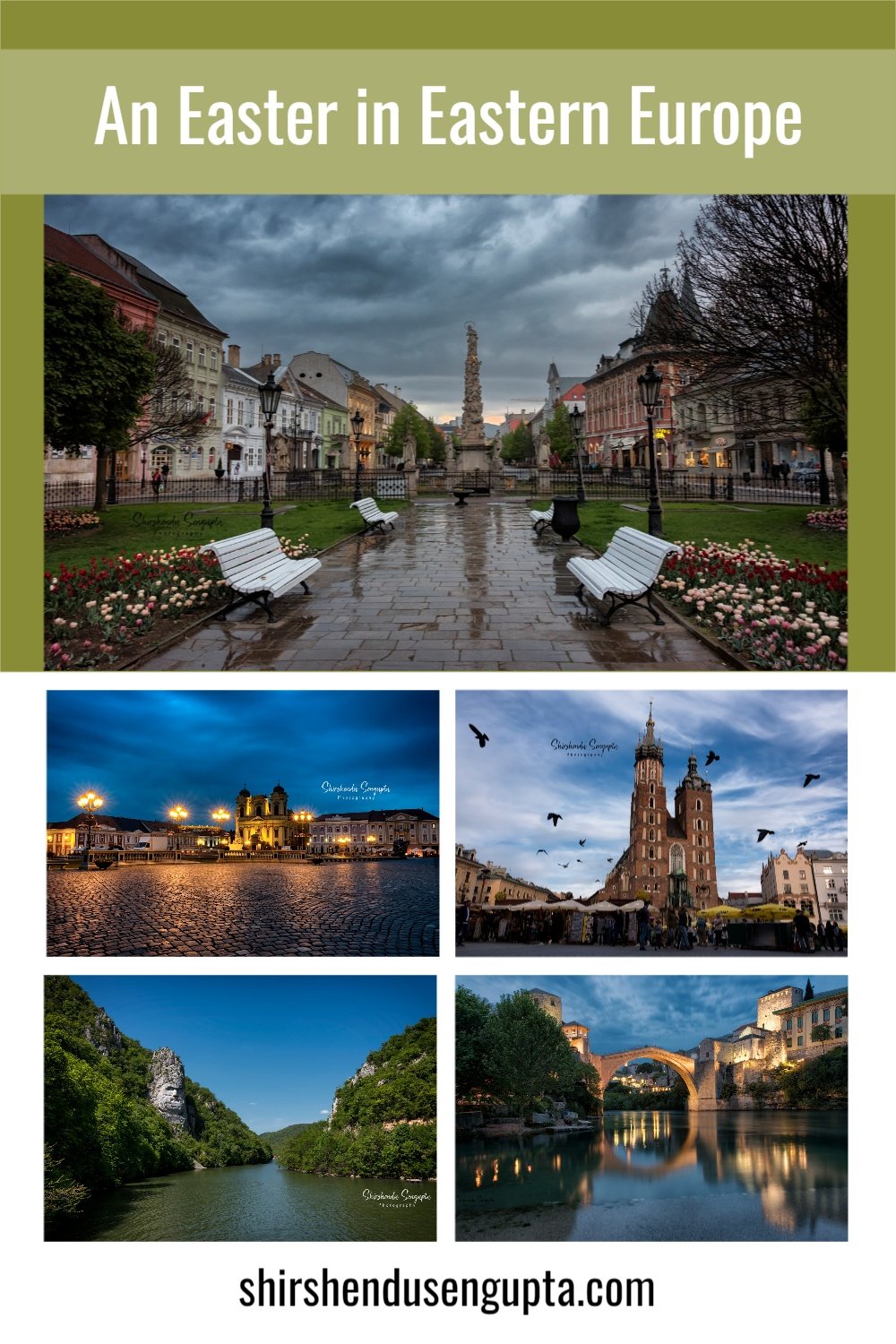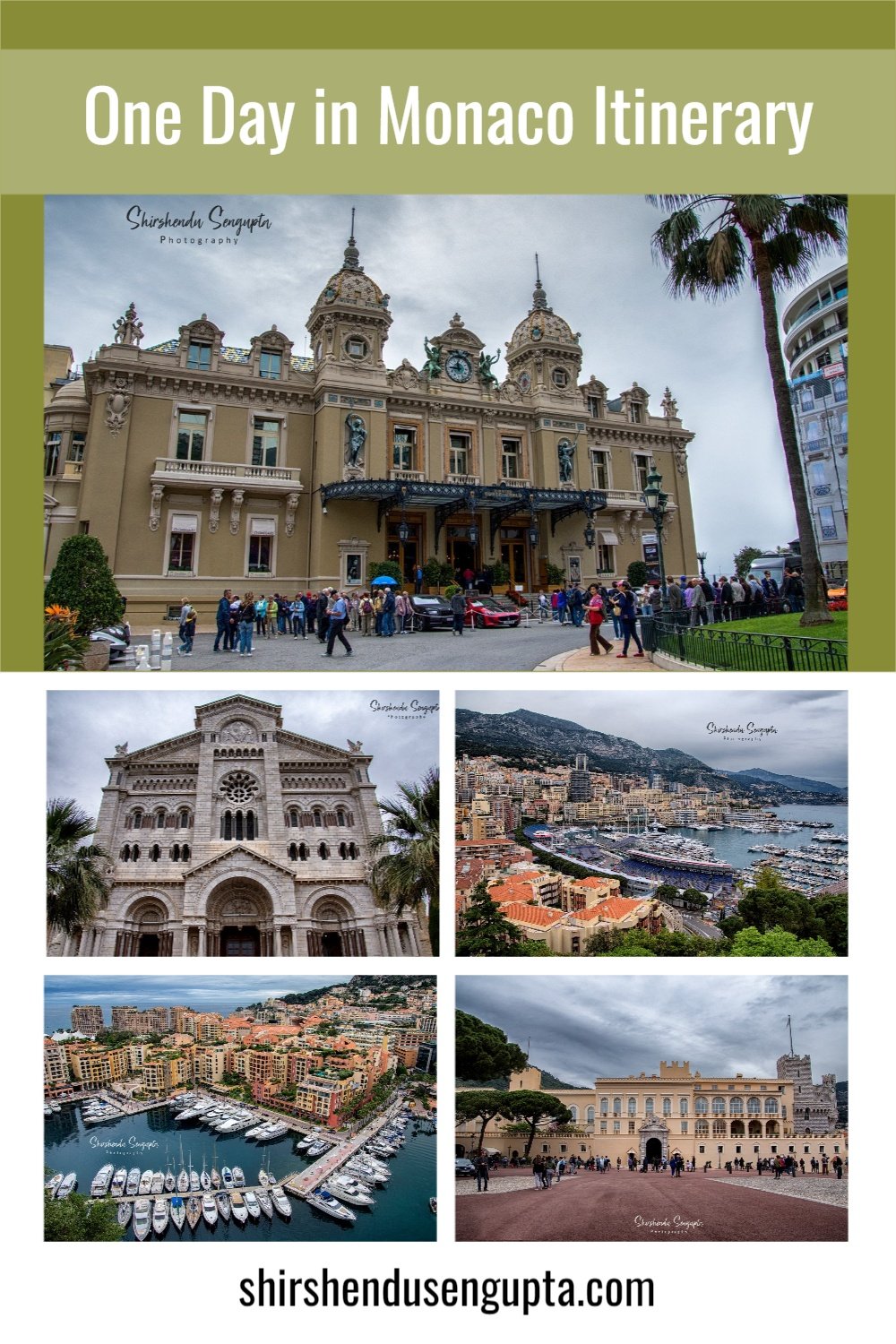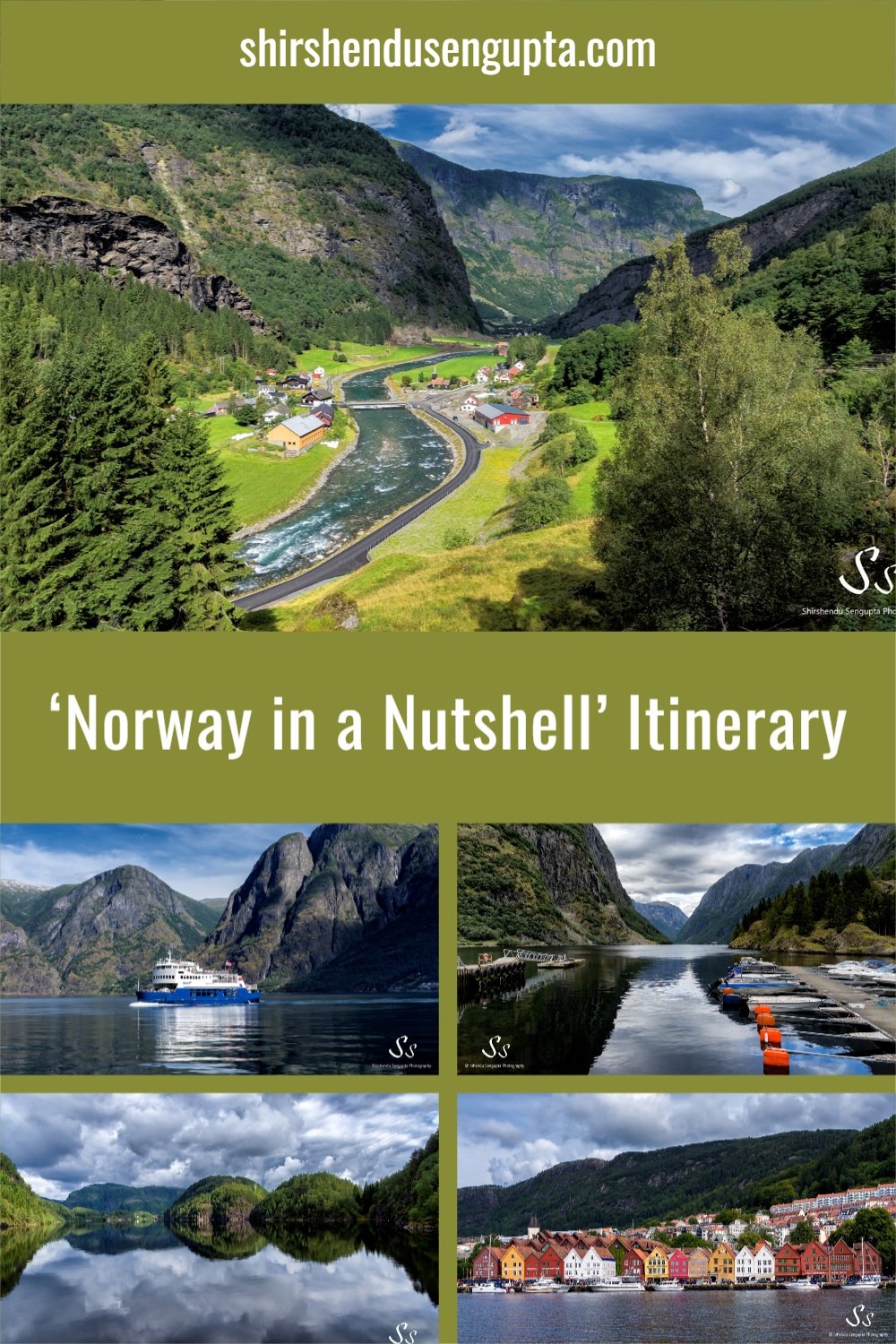A Summer in Eastern Europe | An 8000 km Road Trip across Slovenia, Albania, North Macedonia, Kosovo, Bulgaria, Romania, and Slovakia from the Netherlands | Travel Itinerary, Tips, and Tricks
Prologue
Today I’m going to tell you a summer story - an epic 8000 km road run across Eastern Europe, starting from the Netherlands and exploring Slovenia, Albania, North Macedonia, Kosovo, Bulgaria, Romania, and Slovakia. This journey was a perfect blend of adventure, discovery, and spontaneity - winding mountain roads, sun-soaked coastal towns, and hidden villages all along the way. Each stop brought new surprises, cultural experiences, and scenic landscapes that left a lasting impression. From breathtaking viewpoints to unexpected encounters, this summer escape was a celebration of travel in its most exhilarating form. So, let the story begin!
We also embarked on another adventure named An Easter in Eastern Europe | A 6000 km Road Trip across Poland, Slovakia, Romania, Serbia, Bosnia-Herzegovina, and Austria from the Netherlands. From cobbled medieval squares to winding mountain passes in the Carpathians, and from Orthodox Easter traditions to the warmth of locals welcoming us into their celebrations, each stop offered its own unique surprises and memorable experiences. If you’re curious to follow along on this epic Easter journey, be sure to give it a read as well!
The Itinerary
Day 1: Driving from Hoofddorp (the Netherlands) to Postojna (Slovenia)
On the very first day of my son’s summer vacation, we started from our home in Hoofddorp (the Netherlands), and drove 1300 km in 16 hours (including the breaks) to Postojna (Slovenia), crossing Germany and Austria on the way. In Slovenia, we planned to visit only the Predjama Castle, the largest cave castle in the world, and Postojna caves, one of the largest underground cave systems in the world, as we had already visited the capital city of Ljubljana and Lake Bled in the past. Upon reaching Postojna, we checked in to our accommodation and slept off.
Day 2: Exploring Predjama Castle and Postojna Caves (Slovenia)
The next morning, we visited Predjama Castle followed by the Postojna Caves. The underground train took us through a spellbinding web of tunnels, passages, galleries, and halls and finally left us in the middle of a completely different, cold, damp, and dark underworld of stalagmites and stalactites, where we took a 2 km walk to come back to the train jaw dropped in awe at the marvelous creation of nature. After the cave tour, we took an audio tour of the cave creatures at the Vivarium. I strongly recommend the Postojna Caves tour for all. For many, it could be a once-in-a-lifetime experience.
To know more about Predjama Castle and Postojna Caves or Lake Bled, and Ljubljana that we had visited in the past, please read our article The Best Places to Visit in Slovenia | The Most Beautiful Must See Attractions of Slovenia.
Day 3: Driving from Postojna (Slovenia) to Tirana (Albania)
Drove around 950 km (16 hours with breaks) across Croatia, Bosnia-Herzegovina, and Montenegro to reach the capital city of Tirana in Albania. Upon reaching Tirana, we checked in to our accommodation and slept off.
Day 4: Driving from Tirana (Albania) to Saranda (Albania) via Berat (Albania) and Gjirokaster (Albania)
The next morning, we explored the capital city of Tirana, then drove 100 km south to the UNESCO world heritage center of Berat, better dubbed as the ‘City of Thousand Windows’ after its white Ottoman houses built during the 16th century when Berat became an important administrative and religious center within the Ottoman Empire, followed by driving another 160 km south to another UNESCO world heritage center of Gjirokaster, followed by driving another 56 km down south to Saranda/Sarande, a resort town on the Albanian Riviera.
To know more about Tirana, Berat, and Gjirokaster, please read our article 6 Best Places to Visit in Albania | Top 6 Amazing Must See Travel Attractions of Albania.
Day 5: Exploring Saranda (Albania)
For the whole day, explored the surprisingly and unexpectedly beautiful Saranda on foot, spending time on sun loungers, strolling across the beautiful Hasan Tehsini boulevard running parallel to the entire public beach stretch (barring the private beach areas), bargaining with hawkers who seemed to sell everything under the sun right from pottery to jewelry to toys, spending time with my son in the play areas and in the amusement ride areas set up for children along the entire beach stretch ending with setting up my tripod in an ambient Lekuresi castle terrace with a fantastic restaurant, live orchestra and a jaw-dropping sunset view.
To know more about Saranda, please read our article 6 Best Places to Visit in Albania | Top 6 Amazing Must See Travel Attractions of Albania.
Day 6: Exploring Ksamil and Butrint National Park (Albania)
Drove down 12 km south of Saranda along the Albanian riviera (Ionian Coast) to reach the beach of Ksamil, another of Albania’s hidden gems. A heavenly beach with the water so clear that it appears to be a swimming pool rather than the Ionian Sea (the sea in the Albanian Riviera, which is an elongated bay of the Mediterranean Sea and is connected with the Adriatic Sea to the north). Post lunch, we drove further 5 km south to reach the Butrint National Park, the first site in Albania to be listed as a UNESCO world heritage. According to classical mythology, this ancient city (then known as Buthrotum) was founded by exiles who left the city after the fall of Troy around the 8th century BC. Today its remains showcase a unique testimony of Hellenistic, Roman, Byzantine, Venetian, and Ottoman civilizations.
To know more about Ksamil and Butrint National Park, please read our article 6 Best Places to Visit in Albania | Top 6 Amazing Must See Travel Attractions of Albania.
Day 7: Driving from Saranda (Albania) to Skopje (North Macedonia)
Drove 650 km from Saranda (Albania), to Skopje, the capital of the country of North Macedonia via Greece crossing the international time zone by car twice a day (From Albania to Greece we got ahead by 1 hour and again from Greece to Macedonia we went behind by 1 hour). Upon reaching Skopje, we checked in to our accommodation and slept off.
Day 8: Exploring Skopje (North Macedonia)
We dedicated the entire next day to explore every nook and corner of the center of Skopje, which is hands down one of the most beautiful Eastern European capital cities. The massive architectures built under the redevelopment project ‘Skopje 2014’ (a €560 million controversial makeover in a country whose one-fourth population is unemployed and one-third lives below the poverty line) focused on reshaping Skopje to attract foreign investments has left the city surprisingly beautiful but non-Balkan.
Also, for a person coming from the city of Kolkata (previously known as Calcutta) in India, a visit to Mother Teresa’s memorial was truly a memorable experience. At Mother Teresa’s memorial, is showcased the entire life of Mother Teresa with innumerable references of my city Kolkata (India), the epicenter of Mother Teresa’s lifetime work based on which she received the Nobel Peace Prize twice and the site of the Missionaries of Charity, a Roman Catholic (Latin Church) religious congregation established in 1950 by Mother Teresa, now known in the Catholic Church as Saint Teresa of Calcutta whose members must adhere to the vows of chastity, poverty, obedience, and the fourth vow, to give "Wholehearted free service to the poorest of the poor." Mother Teresa started it for taking care of the leprosy patients to begin with, and today, Missionaries care for refugees, former prostitutes, the mentally ill, sick children, abandoned children, lepers, people with AIDS, the aged, and convalescent (however, there are some criticisms around religious conversions). It was very pleasing to see Mother’s journey from Skopje to Kolkata and her oath to serve the needy, which she did to her best.
To know more about Skopje, please read our article 11 Best Places to Visit in Skopje | Top 11 Must See Attractions of Skopje, North Macedonia.
Day 9: Driving from Skopje (North Macedonia) to Gracanica and Prishtina (Kosovo) and back to Skopje (North Macedonia)
Drove from Skopje (North Macedonia) to Gracanica Monastery (90 km from Skopje) and the capital city of Prishtina (10 km after that) in Kosovo. The plan was to visit these places in Kosovo and then leave for Sofia, the capital of Bulgaria, in the evening (4.5 hours drive from Prishtina), where we were supposed to stay at night. However, we weren’t aware that there are border checkpoints in Kosovo that allow only unidirectional traffic, e.g., only from Serbia to Kosovo and not vice versa. My GPS took me to such a Serbian border where the Serbian border police didn’t even have stamps to stamp my passport to enter Serbia, owing to which I had to drive back into Kosovo, then to North Macedonia, halt for the night there and then enter Bulgaria from North Macedonia the following day.
To know more about Kosovo, please read our article 4 Best Places to Visit in Kosovo | Top 4 Must See Attractions of Kosovo.
Day 10: Driving from Skopje (North Macedonia) to Sofia (Bulgaria) via Rila (Bulgaria)
Drove from Skopje (North Macedonia), after our unplanned halt the night before in Skopje, and finally reached our first spot, which was the ornate yet serene Rila Monastery (the largest and most famous Eastern Orthodox Monastery in Bulgaria) in the afternoon driving 225 km. Rick Steves was right. It surely is a must-visit if you are in Bulgaria. After that, we drove 120 km north to the capital city of Sofia, where we stayed for the night.
To know more about Rila Monastery, please read our article The Best of Bulgarian Architecture | Top 3 Architectural Landmark Buildings of Bulgaria.
Day 11: Driving from Sofia (Bulgaria) to Sinaia (Romania)
Explored the capital city of Sofia (Bulgaria), and then drove 530 km (roughly 11 hours with breaks) to Sinaia in Transylvania (Romania), and stayed there for the night. On this trip, we planned to visit only the Transylvania region of Romania, as we had done Timisoara and Rock Sculpture of Decebalus in Dubova (Romania), before.
To know more about Sofia, please read our article The Best of Bulgarian Architecture | Top 3 Architectural Landmark Buildings of Bulgaria.
Day 12: Exploring Peles, Pelisor, and Bran/Dracula’s Castles around Sinaia (Romania), and then driving to Sighisoara (Romania)
Explored Sinaia Monastery, Peles Castle (could not enter as it had 600-700 m long queue for buying tickets which could easily take us 2 hours standing in the hot sun), Pelisor Castle and finally Bran Castle (more popularly known as Dracula’s Castle) and then finally drove to Sighisoara in Romania for staying for the night. I must say, after having traveled to 31 countries in Europe until that point in time, we were pretty impressed by the window wallpaper-type raw countryside landscapes.
To know more about Sinaia Monastery, Peles Castle, and Pelisor Castle, please read our article Instagrammable Romania | The Most Beautiful and Romantic Places to Visit in Romania and to know more about Bran Castle, the legends, truth, fun facts, how to visit, and things to do there, please read our article Complete Guide to Visiting Bran Castle (Dracula's Castle) in Transylvania, Romania | Everything You Need to Know to Visit Bran Castle | Legends, Truth, Fun Facts, Things to Do.
Day 13: Exploring Sighisoara (Romania)
Spent the whole day taking leisurely walks through the winding lanes of Sighisoara, the crown jewel of Transylvania, which is a UNESCO world heritage site, the birthplace of Vlad Tepes (Count Dracula), the only still inhabited medieval citadel in Europe with pastel-colored houses and a happening yet not overcrowded town center.
To know more about Sighisoara, please read our article Instagrammable Romania | The Most Beautiful and Romantic Places to Visit in Romania.
Day 14: Driving from Sighisoara (Romania) to Bratislava (Slovakia)
Drove 850 km from Sighisoara in Transylvania (Romania) to Bratislava, the capital of Slovakia, across Hungary in roughly 10 hours (with breaks). On this trip, though, we planned to halt for two nights at Bratislava just as a stopover before we headed towards the Netherlands as we had been to Slovakia before (the Eastern part of it where we covered the unique medieval countryside wooden churches). Upon reaching Bratislava, we checked in to our accommodation and slept off.
Day 15: Exploring Bratislava (Slovakia)
Spent the whole day exploring the vibrant capital city of Bratislava that thoroughly impressed us. To me, Bratislava has a Prague-ish (Slovakia was a part of Czechoslovakia before it separated) + Salzburg-ish look (it’s just 2 hours drive from Vienna), a laid back Ljubljana-ish (Ljubljana is the capital of Slovenia) charm, and Amsterdam-ish nightlife (the main square was alive with casual strollers, pub-goers, strip clubbers, pole dancers, etc. till 1 AM in the night till we were there). I must say it is a lively European capital city that is worth a visit for everyone. And it goes without saying we also heard some tremendously talented buskers whose performances added to the ambiance. Also, we had some lovely experiences viz. we saw a blue church (St. Elisabeth Church) with blue outer facade and blue pews (church benches) inside with the mass going on, had a long training session with a restaurant owner where she tried learning some Dutch from me (felt very proud to realize that now I’m in a position to give people lessons in Dutch while I myself am not in a position to converse freely even in supermarkets!), saw a medieval cosplay photoshoot (looked like a school project) going on in front of St. Martin’s Cathedral, witnessed a beautiful sunset and enjoyed a midnight Gypsy music festival in the main town square (which we missed in Sighisoara but caught it here).
To know more about Bratislava, please read our article Discover Slovakia | 18 Best Things to See in Slovakia.
Day 16: Driving from Bratislava (Slovakia) to Hoofddorp (the Netherlands)
Finally came back to Hoofddorp (the Netherlands), after a record driving of 1400 km from Bratislava (Slovakia) in under 12 hours (with breaks).
Info, Tips, and Tricks
1. Plan for your health
Eastern Europe and the Balkans are characterized by diverse ecosystems and hence a great range of biodiversity. However, many of the wild flora and fauna are capable of infecting you with deadly diseases like Tick-borne Encephalitis (especially if you’re planning to camp in the woods/mountains). So, discuss the places that you plan to visit with your physician before your vacation and take precautions/vaccinations accordingly. However, in my opinion, if you stick to the towns/cities, you should be fine without them (though my son Ricky had rashes on his body and face, and I was bitten by some insect in the sea and had a swollen leg and back for a week).
2. Plan for your communication
In Eastern Europe and especially in the Balkans, asking locals for a landmark or explaining to the waiter about a food that you’re allergic to can be challenging as most locals speak only’ the local language. However, you can get around that in 2 ways. Firstly, always keep a printed excel sheet with you containing the most commonly used phrases like “Hello,” “I want to use the toilet” or “I want to drink water,” or food that you need to buy from supermarkets daily like milk, bread or egg or the food that you are allergic to in English vs. the local languages of all the countries you are traveling to. Secondly, always activate your data roaming on your phone before you leave as it’s convenient to Google the landmark where you want to go or the food item you’re allergic to, like mushrooms or shrimps or aubergine, show the image on your phone screen.
3. Plan for the cash
In almost all of Eastern Europe, European credit cards are accepted in fuel stations and more prominent restaurants. Apart from that for all other local buying and casual fooding ‘Cash is King’. So withdraw cash in the local currencies according to the respective currencies ‘as soon as you see’ an ATM (which are not abundantly available). Also, please bear in mind some countries use different currencies in different localities (e.g., in Kosovo, ‘only’ Serbian Dinars are used in areas like Gracanica, which are inhabited predominantly by Serbians and ‘only’ Euros in areas like the capital Prishtina which are inhabited predominantly by Alabanians). Strange but true! And don’t worry about leftover local currency. Before you leave that country, exhaust the residual cash in buying sandwiches/chips/water from a fuel station and stock them in your car (you’ll use them anyhow). Buying local souvenirs to exhaust the local currency can also be another option.
4. Plan for your route
When you’re traveling from one country to another, always check the route followed by your GPS. In other words, don’t follow it blindly. Sometimes common sense might prevail over artificial intelligence. E.g. My GPS showed me to enter North Macedonia from Saranda in Albania (because, as per the GPS, it was the shortest route with just one border crossing). Still, I took an alternate route via Greece, which meant two border crossings and a slightly longer route. Still, the drive was eventually faster (and more comfortable on the Greek roads than the Balkan roads). Also, in disputed countries like Kosovo, there are border checkpoints that allow only unidirectional traffic, e.g., only from Serbia to Kosovo and not vice versa (my GPS took me to such a Serbian border while I was trying to drive from Kosovo to Bulgaria via Serbia where the Serbian border police didn’t even have stamps to stamp my passport to enter Serbia owing to which I had to drive back into Kosovo, then to North Macedonia, halt for the night there and then enter Bulgaria from North Macedonia the following day). So always check the route your GPS is taking your through and validate using your human intelligence.
5. Plan for Non-EU border control checkpoints
When you plan to visit countries, not in the EU (European Union), consider a buffer time window of approx 1 hour (max) for documents verification at border control checkpoints per country. Some borders can be very busy during high seasons, like the one between Bosnia-Herzegovina and Montenegro, where we were stuck for around 2 hours in total, combining the Bosnia-Herzegovina exit checkpoint and Montenegro entry checkpoint. Also, keep your passport, visa (or resident permit if you are residing in EU countries or equivalent), driving license, car documents (the physical green card with your car number plate on it), car insurance (green paper, also called as the green card) handy for verification.
6. Plan for car insurance in countries that are not a member of the European International Green Card System
Kosovo is not a member of the European International Green Card System for automobile insurance. So when we entered Kosovo, we had to buy a minimum of 7-day insurance worth €15 at the border, which is a time-consuming but hassle-free process. Though many blogs say they accept only cash, but the fact is they also accept Mastercard and Maestro at the border. All toll counters in all these countries accept Mastercard (not sure about Maestro).
7. Plan for stickers/vignettes for your car
Before traveling by road in any country in Europe, you need to research the stickers/vignettes (equivalent to road tolls or emission certifications) you need to paste on the windscreen of your car before entering that country. Technically you are caught without stickers, fines can range between €50 and €200. However, you can also buy vignettes at the local fuel stations when you enter a country, and you just have to display the bill on your dashboard. However, based on our experience, nobody checks. Still better to be safe than sorry.
8. Plan for fueling
Just before you travel, check the gasoline/diesel cost across countries to decide in which country it’s cost-effective for you to refuel. If you are driving a company lease car and have a fuel card paid by your company (like I have an all Europe Shell Card), research upfront on the Shell Station Locator and plan those fueling stops in your itinerary at regular intervals lest you run out of fuel since Shell does not have many stations across these countries. Also, check upfront on the Shell Station locator if it sells the kind of fuel your car uses, if it’s open 24 hours, if it’s a manned or unmanned pump, etc.
9. Plan for the Balkan roads
The terrain of the Balkans is rugged, and hence driving on Balkan roads is not for the faint-hearted. At most places, there are no highways, the roads continuously twist and turn without light, barriers or reflectors at the cliff edges (including climbing up to 30 degrees inclination, yes you read right it’s 30 degrees, not 3 degrees which means spine-chilling near-vertical climb), most of them are ill-maintained with potholes, at many places the way lead to dirt roads and often you might see herds of animals crossing the roads. Hence consider using high beams at night.
10. Plan for driving without GPS at places
At many places, e.g., just after entering Kosovo from North Macedonia, for hours, your GPS may not work despite having the ‘All Europe’ map downloaded. Also, Google Maps will seldom work since you will not have the internet at 70% of the roadways. An alternative is to store offline Google maps for the places you are planning to travel the next day once you’re at the hotel at night but to store offline maps for such long distances, Google may ask for memory in your phone that may not be available. So in such situations, use your common sense coupled with street signs and sign language with the locals. It will work like a charm.
11. Plan for driving without online music apps
For people like me who’re seasoned drivers (I drove around 80000 km in the last 1.5 years) but cannot drive without music and use only online apps like Spotify, download all the music you need for your entire holiday and save on your phone as most of the roadways will hardly have access to the internet.
12. Plan for reaching your accommodation
It is challenging to find your accommodation (if they are apartments) via the GPS (if it works) as the addresses might not be very accurate/apparent, especially in the Balkans. If you are almost near your accommodation as per your GPS and are stranded without internet or phone connection, show the phone no. of your accommodation to any local and request them to call. They are very helpful and will call without the slightest hesitation (if they understand what you’re requesting for!)
13. Balkans have great and inexpensive food
Seasoned travelers like us are used to cooking at the accommodation (at least one meal a day, e.g., the dinner in the night upon return) and hence always rent accommodations/apartments with kitchen for long vacations since at many places especially in Eastern Europe, getting food of your choice could be challenging since the cuisines everywhere are authentic (apart from bigger cities where you will find Italian, Chinese or Indian cuisines) and especially for vegetarians (my wife is ‘almost’ vegetarian), there aren’t a lot of options to choose from. However, the Balkans have a great variety of food that is both cheap and tastes great. However, you could still opt for accommodations in the kitchen if you can’t tolerate outside food daily.
14. Balkans have inexpensive accommodation
Normally in the Balkans, you can have a two-bedroom apartment with a kitchen between €25 and €40 per night in peak season. However, opting for accommodations without kitchens or studios/pension houses can drop your daily expense big time. However, it is not recommended for travelers with family/kids.
15. Balkans have inexpensive taxi
Do not take out your car once you’ve reached your destination in the Balkans and are put up there for a couple of days. Instead, use the cheap taxis to travel within the towns/ cities. It is more comfortable (as the roads are difficult and busy with traffic and you get a break from driving for a couple of days), and parking can be a challenge in big cities.
16. Balkans have supermarkets in plenty
In the Balkans, getting access to eatables is not a problem at all compared to other East European countries. There are small shops/supermarkets run by locals in smaller towns and bigger supermarkets in the cities. Hence stuffing your car trunk with eatables is not mandatory like in many other countries in East Europe like Poland, Slovakia, Romania, Serbia, etc., where finding a decent-sized supermarket outside a city is a Herculean task. However, I would still suggest staying in bigger cities for the night (unless you’re camping out) and travel to the remotest corners during the day by car since facilities like restaurants, medicine shops, ATMs, etc., can be challenging to find in smaller towns and villages. Also please bear in mind, the local supermarkets ‘only’ take local currency and speak ‘only’ local language.
17. Plan your visit to Predjama Castle and Postojna Caves
A vital point to note here is that Postojna Caves and Predjama Castle are 10 km apart, which is not highlighted anywhere on the travel websites. Therefore it is imperative to decide on the timing of the tours on both of these places before you set out to visit them (if you choose to do both on the same day, which is actually the wise thing to do). Also, before you travel, check their tour timetables as they differ based on the season. We did the Predjama Castle (including another cave system that’s under the castle) first thing in the morning, then went for the Postojna Caves with the rest of the day in hand, followed by an audio tour in the Vivarium where you can see the cave creatures. Also, it is a good idea to pack a jacket in your bag as when we went there in July, it was 10 degrees inside while outside was 32.
18. North Macedonia is not Alexander the Great’s birthplace
For people who get confused between North Macedonia and Central Macedonia (an administrative region of Greece that once was the Kingdom of Macedonia where Alexander the Great was born), Macedonia was born in 1991 after the collapse of Yugoslavia. After years of unyielding UN-mediated dialogues with Greece (who wanted a monopoly on the name Macedonia), regarding the name concern, in June 2018, Macedonian Head Of State Zoran Zaev and Greek Prime Minister Alexis Tsipras declared that an agreement (referred to as the Prespa Contract) had been reached under which the Macedonian republic would be known as the Republic of North Macedonia.
At the heart of the capital city of North Macedonia Skopje’s main square, ‘Square Macedonia,’ a 22-meter-high statue bewilderingly resembling Alexander the Great has been erected. For politically sensitive reasons, the sculpture was named just ‘Warrior on a horse,’ as Greece does not want Macedonia to use the name of Alexander the Great as a part of its historical identity. Actually, Greece does not want Macedonia to use the name 'Macedonia' either. That's why the nation is officially called F.Y.R.O.M., which means the Former Yugoslav Republic of Macedonia. Opposite to the "Warrior on a horse" sculpture, there is the 15-meter-high monument ‘Warrior,’ whose resemblance to Alexander the Great's father, King Philip II, is also quoted as 'unintentional.'
19. Mother Teresa was not born in present-day Albania
For those who thought that Mother Teresa was born in present-day Albania, here is a bit of information for clearing your understanding. Mother Teresa was born in Skopje under the name Anjeze Gonxhe Bojaxhiu, and that's why Macedonians think she is from there, even though her mother is from Kosovo, father Vlach, and not Albanian, as the other side claim. They placed a monument and a memorial at the place where she was baptized in Skopje. On the other side, Albanians, after the erection of the monument to this particular saint in Skopje, protested the inscription in English and Macedonian because they consider Mother Teresa to be Albanian, and she never declared herself as Macedonian. However, Mother herself solved these quarrels very peacefully during her lifetime - "By blood, I am Albanian, as a citizen I am from Skopje. By nationality, I am from India. By religion, I am Catholic. I belong to the world by my calling. With my heart, I belong to Jesus."
20. Skopje has the second biggest Ottoman Bazaar in Europe
Skopje’s Bit Pazar (Old Bazaar) is the second biggest Ottoman bazaar in Europe after the one in Istanbul. Taking a walk through those bylanes can take you a whole week, and still, you might not have explored it in its entirety.
21. The ‘What’ and ‘Where’ of Kosovo
The Republic of Kosovo is a partially recognized country and a disputed area in Southeastern Europe. Kosovo became part of the Ottoman Empire from the 15th to the early 20th century. In the late 19th century, it came to be the center of the Albanian National Awakening. Following their defeat in the Balkan Wars, the Ottomans ceded Kosovo to Serbia and Montenegro. Both nations became a part of Yugoslavia after World War I. After a duration of Yugoslav Unitarianism in the Kingdom, the post-World War II Yugoslav constitution gave birth to the Autonomous Province of Kosovo and Metohija within the Yugoslav constituent republic of Serbia. Tensions in between Kosovo's Albanian as well as Serb neighborhoods simmered through the 20th century and periodically erupted into significant physical violence, resulting in the Kosovo War of 1998 and 1999, which caused the withdrawal of the Yugoslav army as well as the establishment of the United Nations Interim Administration Mission in Kosovo. On February 17, 2008, Kosovo unilaterally stated its freedom from Serbia. It has since acquired recognition as a sovereign state by 102 United Nations member states. Serbia does not recognize Kosovo as a sovereign state, although it has accepted its institutions with the Brussels Agreement of 2013. While Serbia acknowledges administration of the region by Kosovo's chosen government, it continues to claim it as the Autonomous Province of Kosovo and Metohija.
22. Transylvania can be rough
Transylvania is largely inhabited by gypsies (who actually originated from the Punjab region of Northern India who was nomads or Gujjars but were mistakenly termed as gypsies as the Europeans believed they came from Egypt), flocked by tourists (rough and pushy), and jammed by traffic (the most unruly and aggressive we’ve seen so far in Europe, even 80-year-old drivers honking horns and flashing high beam headlights from behind if you slow down for a fraction of a second to take a hairpin turn). So prepare to give them the way when they come up honking at your tail and book tickets of the castles (especially the ornate Peles Castle) in advance to get a chance to go in. We could not enter as it had a 600-700 m long queue to buy tickets, which could easily take us 2 hours standing in the hot sun. Also, I realized, doing more than one castle in the touristy Transylvania is not pragmatic. Try spreading your castle visits across days.
23. ‘Where,’ ‘What,’ and ‘Why’ of the famed Dracula’s Castle
The legendary Dracula’s Castle is located in Bran in the Transylvania region of Romania. Bran Castle was constructed in 1377 as a strategic vantage point to oversee enemy infiltration across the Bran Gorge. Since then, it had served as the royal residence for many Kings and Queens, with the most prominent ones being Queen Marie (who played a decisive role in Romania's entry in World War I) and probably The Impaler Vlad Tepes (also popularly known as Vlad Dracula or Son of the Dragon) who was infamous his tyrannical and bloody means of torturing and executing lawbreakers (making them sit of spiked chairs, sharp iron rods that would pass through their anus and through their whole body and come out of their head or throw them in wells, etc.). He is believed to be finally killed by his own soldiers who mistook him for an Ottoman invader when he dressed up as Ottoman to enjoy his victory in a war (though there are other conspiracy theories). The Irish author Bram Stoker took these myths, wove some fictional ideas around them, and created the legend of the vampire and that's how Vlad Dracula got converted into Count Dracula.
To know more about Bran Castle, the legends, truth, fun facts, how to visit, and things to do there, please read our article Complete Guide to Visiting Bran Castle (Dracula's Castle) in Transylvania, Romania | Everything You Need to Know to Visit Bran Castle | Legends, Truth, Fun Facts, Things to Do.
Epilogue
So that brings us to the end of our ‘A Summer in Eastern Europe’ journey. Please let us know in the comments below if you enjoyed reading this article.
And if you’re curious to follow along on our other epic adventure, An Easter in Eastern Europe | A 6000 km Road Trip across Poland, Slovakia, Romania, Serbia, Bosnia-Herzegovina, and Austria from the Netherlands, be sure to give it a read as well. Until then, merry traveling and happy shooting!
Pin the article
Bookmark the article for reading later!
Want to license/buy photos in the article?
License photos for commercial/editorial use or buy photo prints!
Want us to write an article for you?
Articles for magazines, newspapers, and websites!
Watch our Videos
Check out our videos on our Youtube Channel!
Join the Newsletter
Get updates on our latest articles!
We respect your privacy. Read our policy here.



